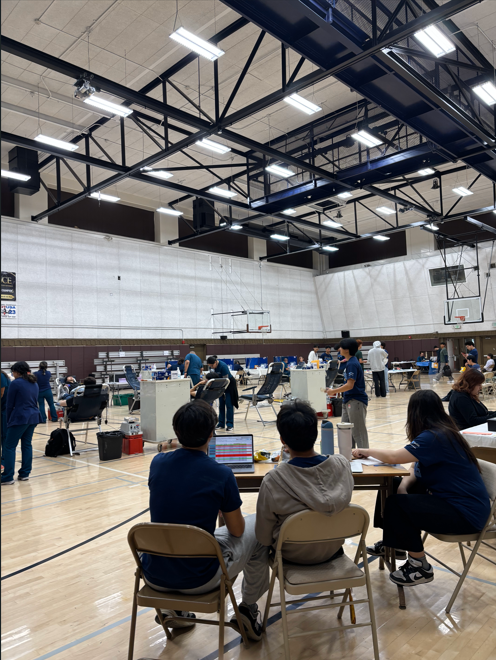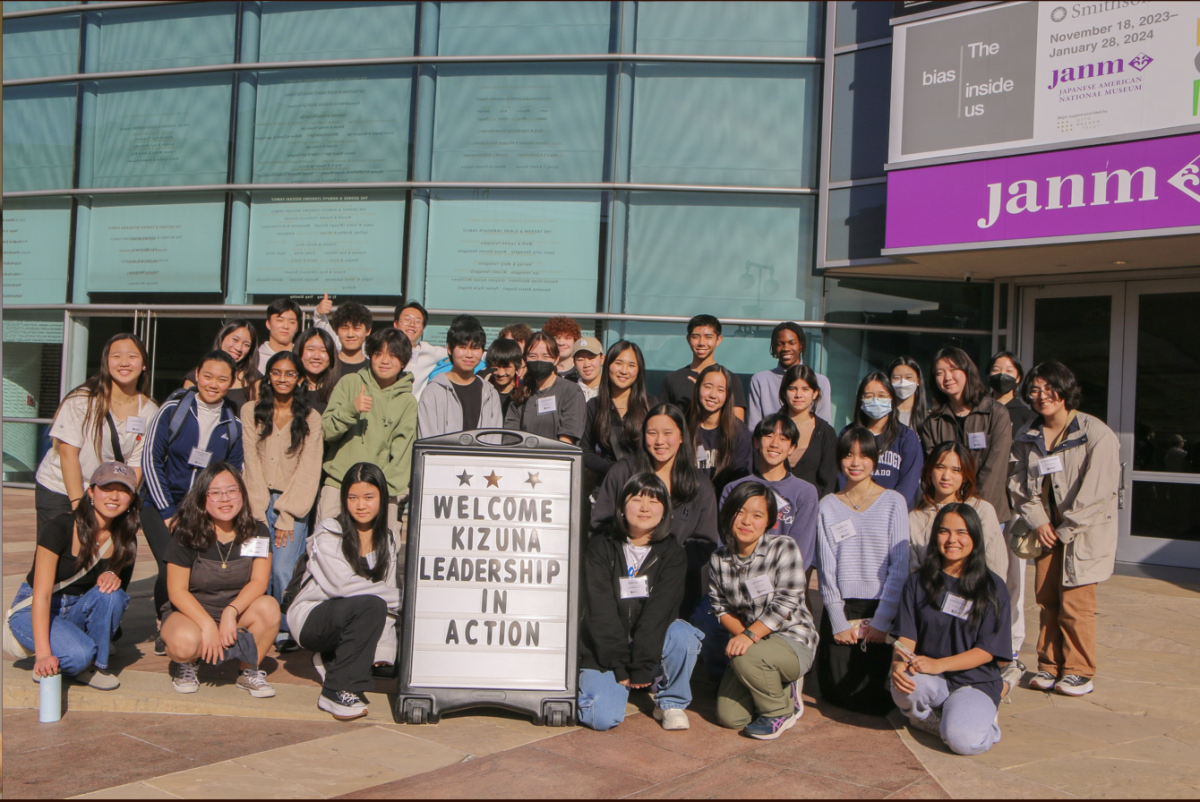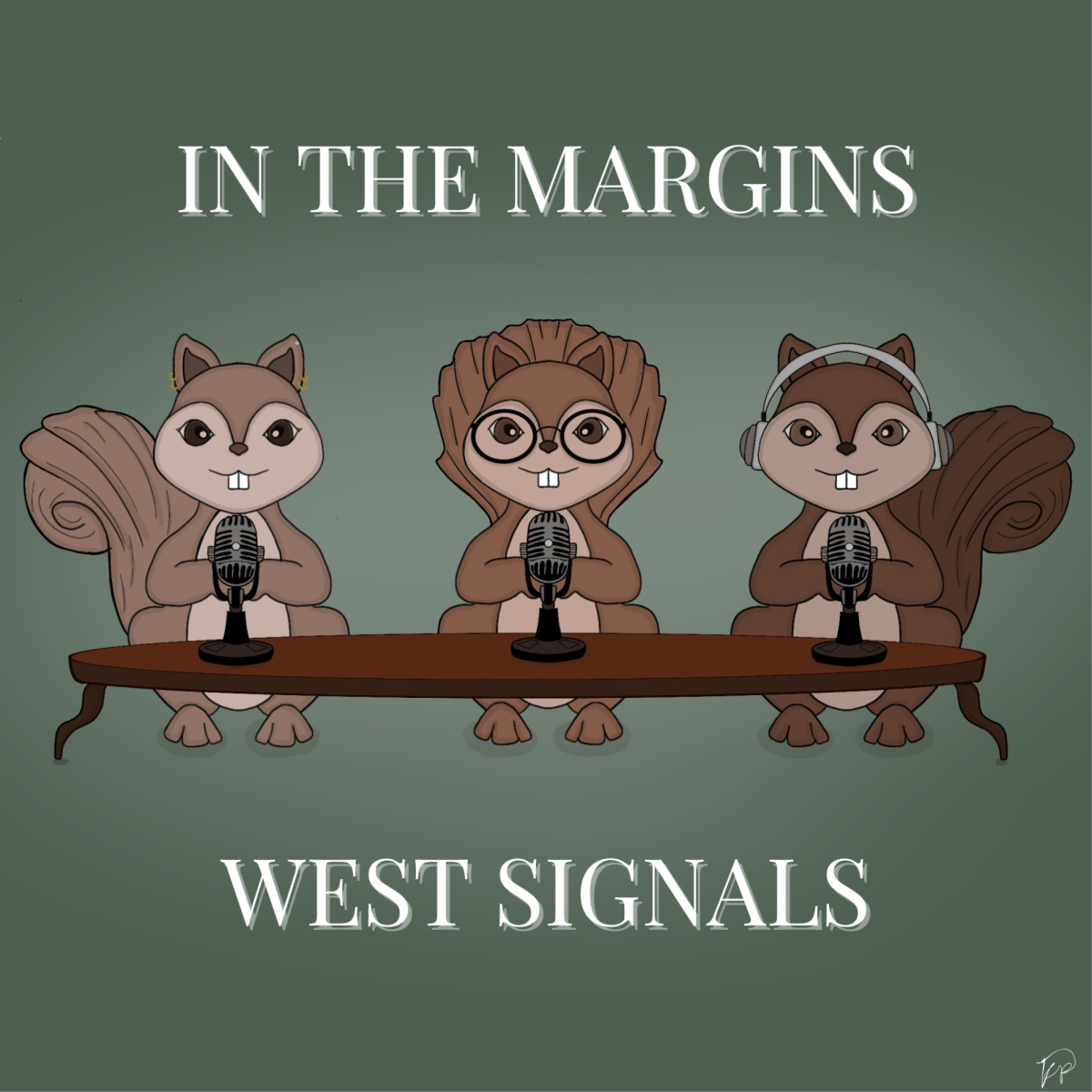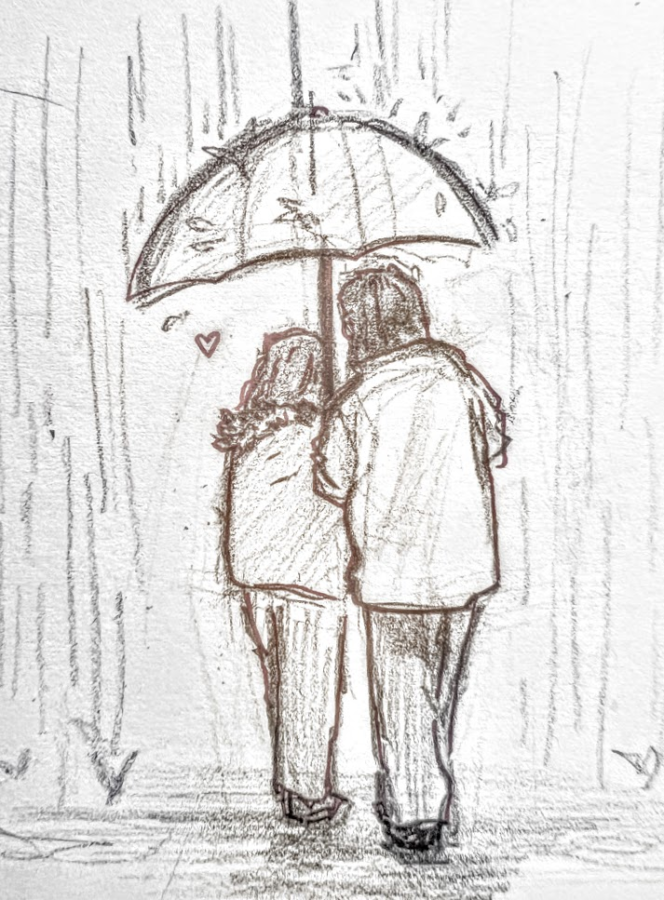Doubtlessly, 2025 blazed in with a rough start— nature proved its catastrophic power through the mighty roars of wildfires, rendering thousands of homes into heaps of kindling. From the Eaton in Altadena to the Pacific Palisades, more than 100,000 victims have been displaced while casualties mount to a staggering 28 victims. Not only did the inferno consume community infrastructure, but it also caused widespread deforestation in our natural environment. Thousands of animal habitats were destroyed, throwing ecosystems into chaos while unleashing an air pollution hell-storm of smoke and ash. However, looking past the fires’ aftermath reveals the environmental science behind these furious flames and the steps necessary to rebuild communities and restore our biosphere.
Environment enthusiast and former AP Environmental Science student Ann Thekkinedath (11) commented on the spread of the fires: “So much dry vegetation makes the fire spread rapidly, and a way to get rid of dry vegetation is by having prescribed burns.” The wildfires burned over 40,000 acres of land, and firefighters used prescribed burns to mitigate the risk of larger fires by clearing out highly flammable underbrush. “Firefighters go to a certain area with a lot of dry vegetation, mark a perimeter, and purposely light that area on fire. This prevents future fires and makes sure all dry vegetation gets burned,” Thekkinedath elaborated.
Despite these precautionary measures, shifting winds cause embers to fly in different directions, and “all it takes is for embers to touch one of these dry pieces [of land] to easily catch on flame.” As a result of deforestation and the massive amount of air pollution, the wildfires hindered the lives of thousands of animals. AP Environmental Science student Katherine Moore (11) highlighted how fires negatively affect nature’s interconnected ecosystems. “The fires are destroying the animals’ food sources, which messes up the food chain,” she lamented. Though Moore sympathized with nature’s losses, she also expressed concern about human actions affecting the atmosphere. “Global warming, your ecological footprint, and the amount of carbon dioxide we emit make the atmosphere warmer, which is why the fires are expanding,” Moore explained. In essence, with less precipitation and more pollution in the atmosphere, vegetation is left parched, making an environment vulnerable to fires.
Despite environmental degradation causing the spread of these wildfires, humans can still take small steps to prevent further spread. Moore asserted that “it all starts at the beginning by decreasing carbon emissions.” Actions like “carpooling, eating less meat, and buying hand-me-downs” will make humans more involved in helping their environment by decreasing carbon emissions, consequently preventing wildfires.
Even after the ongoing devastation of the Palisades and Eaton fires, firefighters and relief organizations continue working tirelessly to provide support during this challenging time. Los Angeles commends the first responders of the fires and stands united to rebuild a safer, stronger community for the future.












